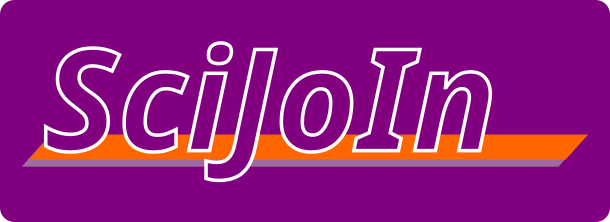INFOGRAPHIC: Body balance is not as automatic as we might think: insights from cortical activity in different balance tasks
DOI:
https://doi.org/10.20338/bjmb.v18i1.450Keywords:
Postural control, Brain, Neuroimaging, CortexAbstract
The perspective that the cortex controls body balance has gained attention with the advent of neuroimaging techniques that measure cortical activity on-site 1. The growing accessibility of equipment (fNIRS and EEG), combined with advancements in data processing methods, make possible to study cortical activation in the performance of balance tasks across various contexts 2 . Given that body balance depends on specific skills, investigating it through the lens of cortical activity provides insights into underlying higher-order neurologic mechanisms. Results from research addressing this topic have been summarized in different literature reviews 2,3,5.
The reviews indicated that during balance control, the manipulations of visual and/or somatosensory information led to prevalent activity in the parietal, frontal and temporal regions; manipulations of the support base led to prevalent activity of the parietal and frontal regions; both balance-cognitive dual-tasking and reactive responses to extrinsic perturbations led to prevalent activity in the frontal and central regions 2–4.
These cortical regions appear to play a major role in balance control both in healthy 3 and neurological 4 individuals. Thus, in neurologic research, these results can guide the elaboration of accurate hypotheses on expected cortical sites activated to deal with body balance tasks. In clinical practice, the reviewed results can orient balance task selection aiming to stimulate precise cortical sites for rehabilitation purposes in neurological patients.
Downloads
Downloads
Published
How to Cite
Issue
Section
License
Copyright (c) 2025 Pedro H. M. Monteiro, Luis A. Teixeira

This work is licensed under a Creative Commons Attribution-NonCommercial-NoDerivatives 4.0 International License.
Authors must declare that the work submitted is their own and that copyright has not been breached in seeking its publication. If the manuscript includes work previously published elsewhere, it is the author(s) responsibility to obtain permission to use it and to indicate that such permission has been granted.
Authors retain the copyright of their paper and grant the Brazilian Journal of Motor Behavior (BJMB) the right to first publish the work under a Creative Commons Attribution-NonCommercial-NoDerivatives license (CC BY-NC-ND). This license allows users to share the paper given the appropriate credit to the author and source and does not allow commercial uses and derivative materials to be produced.


























